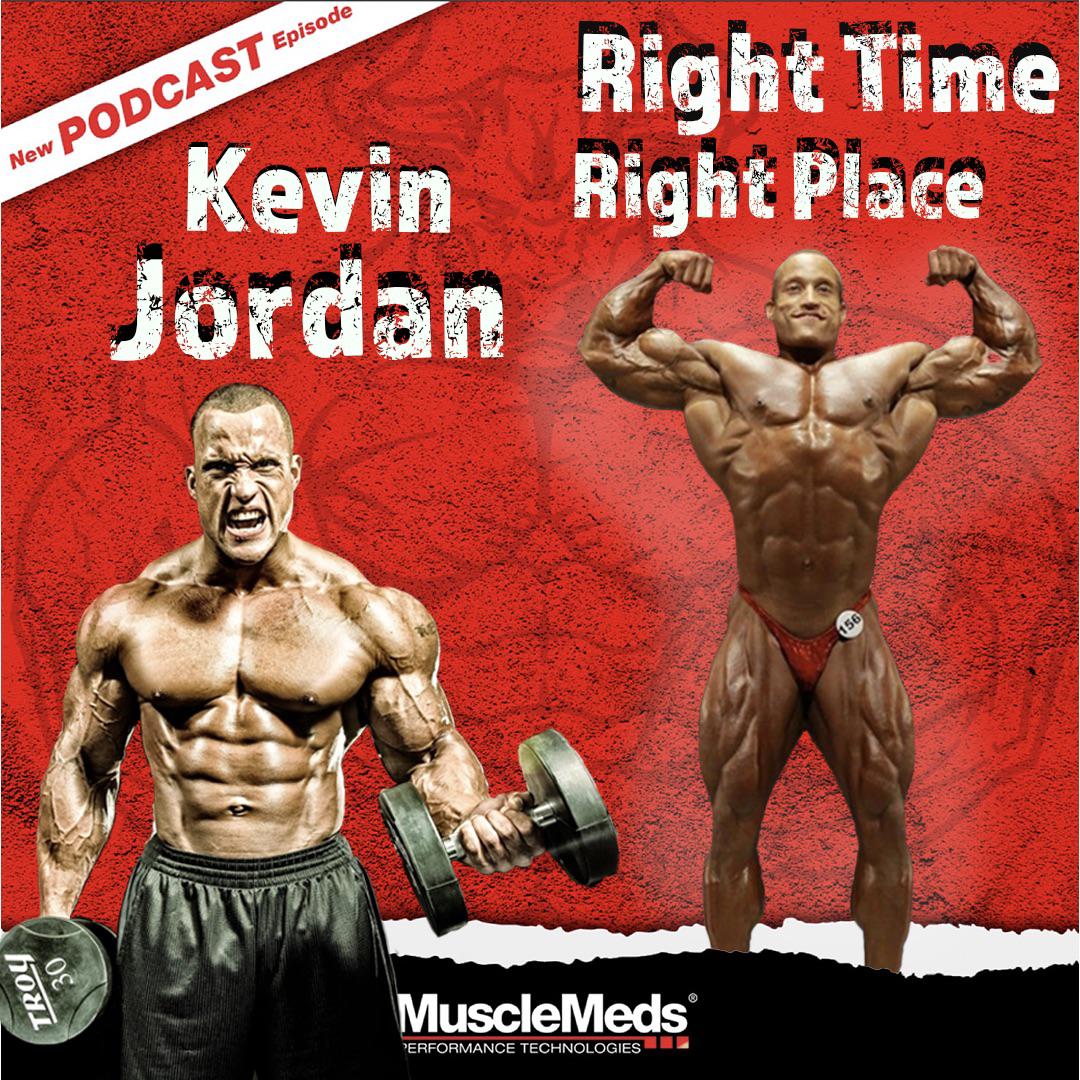beefy blog articles
THE MEAT & Potatoes
akim williams
TRAINING TIPS
Locked Out?! Are you a MuscleMeds Member?
GET FULL ACCESS
You'll notice some posts are restricted to MuscleMeds Members Only! Become a member today and unlock access to all of our videos, articles, exclusives, and more!















